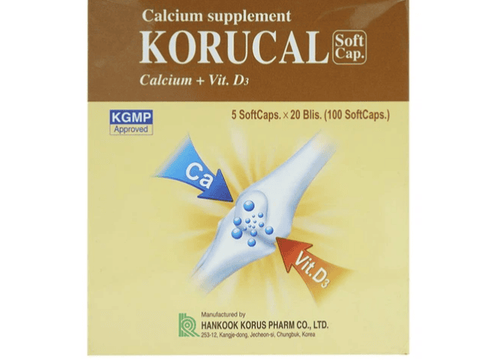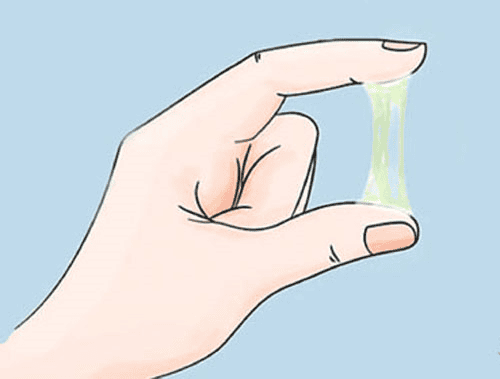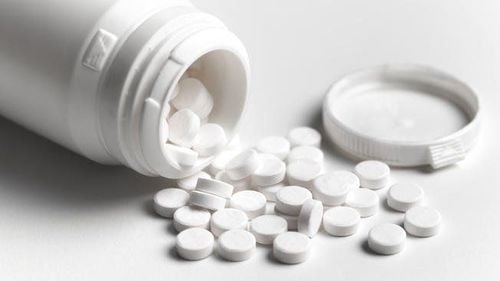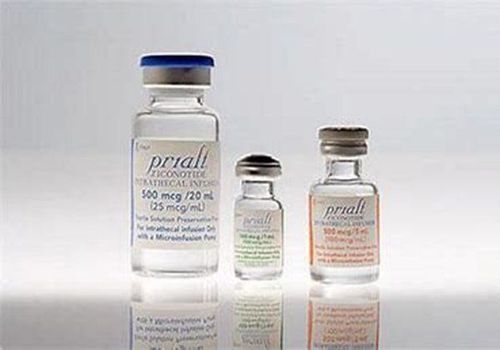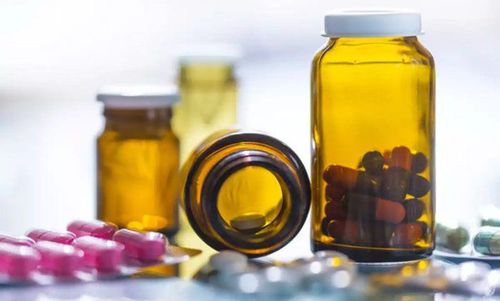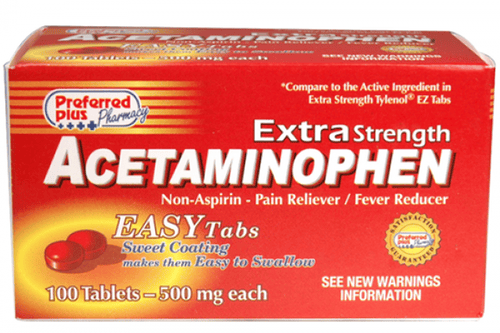This is an automatically translated article.
Menopause is a natural part of the aging process. Pain associated with menopause is quite common. Most aches and pains, including those associated with intercourse, can be reduced or resolved with treatment. Pain and menopause don't have to affect your quality of daily life.1. What is menopause?
Menopause is a natural part of the aging process. The first phase of menopause - perimenopause - begins to affect a woman's fertility. Perimenopause usually begins in the early to mid-40s and can last three to five years.A woman is considered menopausal when she has not had a period for 12 months. The average age of onset of menopause in the United States is 51.
Perimenopause and menopause are triggered by fluctuating and decreasing hormones. Many parts of the body are affected when hormone levels drop. Includes:
Reproductive system Vaginal excretory system Nervous system Heart Brain Bones Skin A common symptom often associated with hormonal changes is pain.
2. Painful conditions during menopause
2.1. Hormonal Changes Your menstrual cycle is regulated by luteinizing hormone and follicle-stimulating hormone. These two hormones are produced in the pituitary gland. They stimulate the ovaries to produce estrogen and progesterone. During perimenopause and menopause, these hormones fluctuate and can cause the following painful symptoms.2.2. Breast cramps and tenderness Changes in your period can be accompanied by cramps that are more painful and intense than before. You may also experience breast tenderness before and during your period. And you may find that your period is light in some months and heavy in others.
2.3. Migraines Fluctuations in estrogen have been linked to migraines. You may have your first migraine or see increased severity or frequency during perimenopause.
Some women have the opposite reaction and find a reduction in the occurrence of migraines as they enter menopause. This may be because high levels of estrogen can cause headaches and falling levels can cause drops.
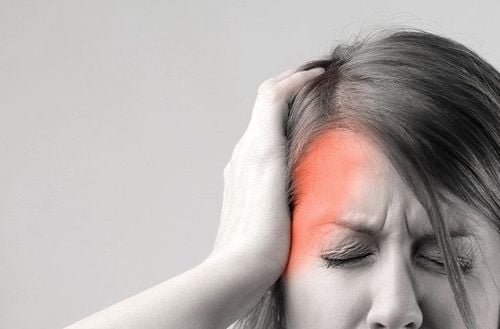
Phụ nữ tuổi mãn kinh thường bị đau nửa đầu do sự dao động của estrogen
2.5. Bruising Outside the body is also affected by hormonal fluctuations and declines. Low levels of estrogen can reduce skin elasticity. It also reduces the skin's ability to retain water, which is used as a buffer against injury. This makes the skin thinner and is often the result of bruising. The back of the hand is especially sensitive to bruises.
2.6. Fibromyalgia For women diagnosed with fibromyalgia, menopause can increase sensitivity to pain. Fibromyalgia is a chronic pain condition that is often first diagnosed in women entering perimenopause or menopause.
Some symptoms of menopause such as pain, fatigue, and vaginal dryness overlap with those associated with fibromyalgia. For that reason, it's not always easy to determine which problem is causing the symptoms.
2.7. Pain during intercourse Pain can sometimes accompany sex when you are in menopause. This can make maintaining intimacy difficult. But women can find ways to keep their sex lives satisfying during perimenopause, menopause, and beyond. Estrogen, the hormone that is in short supply during menopause, helps keep vaginal tissues elastic. It also aids in moisture production in the vagina, making sex comfortable. As estrogen levels drop, vaginal tissues become thinner. This can make intercourse painful. The vagina also becomes less lubricated and more prone to inflammation, dryness, and tearing.
Vaginal atrophy can also occur. This can cause the vagina to shrink and shorten in length. Vaginal atrophy is often accompanied by urinary tract symptoms, such as:
Leakage of urine Burning when urinating Urgent need to urinate Changes in hormone levels can also lower sex drive and decrease libido sexual arousal. This can make it harder for the vagina to lubricate.
These changes can happen at any time during perimenopause or menopause.
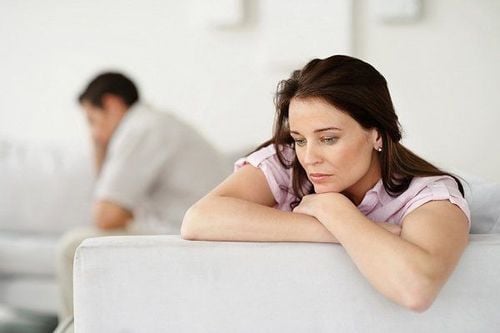
Phụ nữ ở tuổi mãn kinh cũng thường bị đau khi giao hợp
3. When to Seek Medical Care
Don't wait to seek help for pain relief. Most pain associated with menopause can be reduced or eliminated with home remedies, medical treatment, or lifestyle changes.The type of discomfort you have can determine the type of doctor you see. You may want to start with your gynecologist.
A good way to prepare for an appointment is to write down your symptoms. The more specific you are, the better. For example, do you have a headache on one side of your head or all over it? Can you tell if the pain during intercourse is in the vagina or in the vulva? (The vulva includes the inner and outer lips of the vagina, the clitoris and the outer opening of the vagina.) The more detailed the pain you feel, the better equipped your doctor will be to analyze your symptoms and help treat them.
Your doctor will give you a blood test to determine hormone levels. You may also be tested for hypothyroidism or an underactive thyroid. This condition has many of the same symptoms as those of menopause.
4. How is menopausal pain treated?
Pain, discomfort, and other symptoms of menopause can be treated in a variety of ways. Pain relief treatments include:Over-the-counter (OTC) pain relievers, such as NSAIDs (ibuprofen) can help relieve joint pain or headaches. Applying ice can help relieve knee pain and reduce back pain. Supplements, such as evening primrose oil, can help relieve breast tightness. Talk to your doctor before you start treatment at home, to determine the benefits and risks for you. Phytoestrogens or plant estrogens, such as soy products, may help ease menopausal symptoms in some women. However, this treatment method is controversial. Be sure to discuss this option with your doctor before starting.
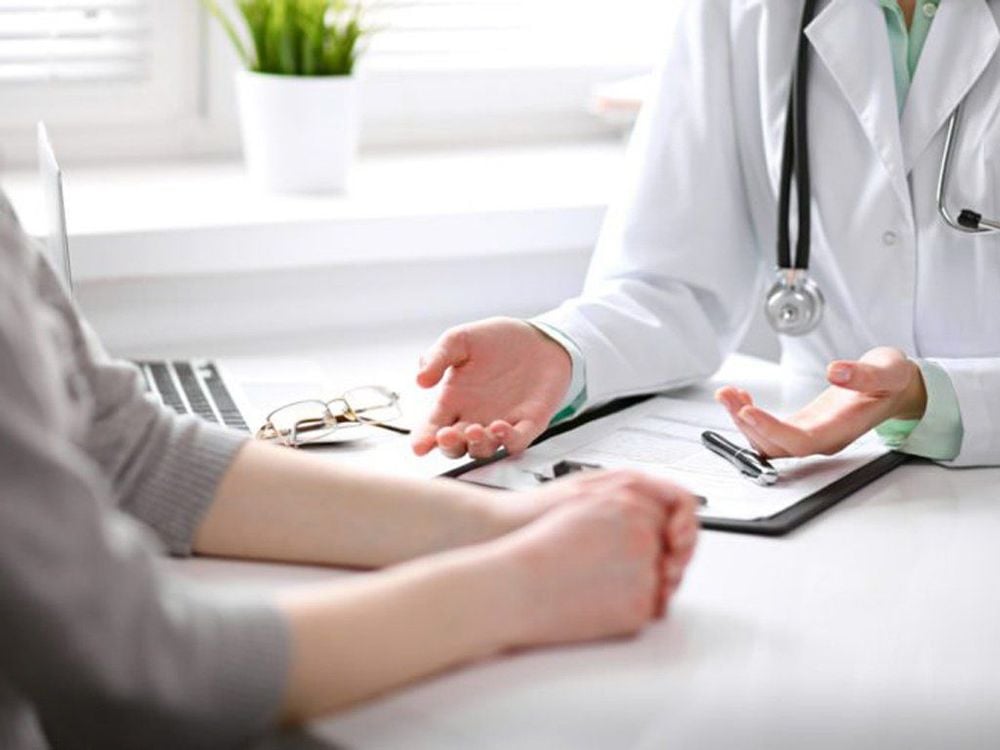
Tham khảo ý kiến bác sĩ trước khi lựa chọn thuốc hỗ trợ giảm đau ở tuổi mãn kinh
5. Treatment of painful intercourse
Painful intercourse can reduce your quality of life if left untreated. Some of the treatments include:Using a vaginal lubricant before intercourse can make sex more comfortable. Using a vaginal moisturizer daily helps alleviate irritation by reducing discomfort and dryness. Eating foods rich in omega-3 fatty acids can help support higher vaginal moisture levels. Staying hydrated by drinking plenty of water or other beverages high in electrolytes can help prevent dry skin. Taking vaginal estrogen, a form of hormone replacement therapy (HRT), can help reduce dryness and increase sexual comfort. Applying topical creams containing estrogen can help ease vaginal symptoms. Maintaining an active sex life can help increase blood flow to the vagina and reduce vaginal wall thinning. Other ways to increase blood flow to the vagina include acupuncture, aerobics, and yoga.
6. Exercise tips to stay active
Staying active can help reduce body aches and tone muscles, making you less prone to injury. If you find your knee pain makes running, dancing, or brisk walking difficult, try using knee-cap sleeves. They provide compression, which can help keep the knee comfortable. They also make the possibility of injury less likely. You can also skip the running track for the pool. Swimming is an easy alternative to the body and can help you get rid of the pain you're feeling.Other ways to relieve pain may include deep muscle massage, acupuncture, hot or cold compresses, and hypnosis. If you smoke or have other habits that are bad for your health, try to get rid of them. This can increase feelings of vigor, improve circulation, and reduce stress, all of which can help relieve pain.
If you have a need for consultation and examination at Vinmec Hospitals under the national health system, please book an appointment on the website (vinmec.com) for service.
Please dial HOTLINE for more information or register for an appointment HERE. Download MyVinmec app to make appointments faster and to manage your bookings easily.
Reference source: webmd.com



